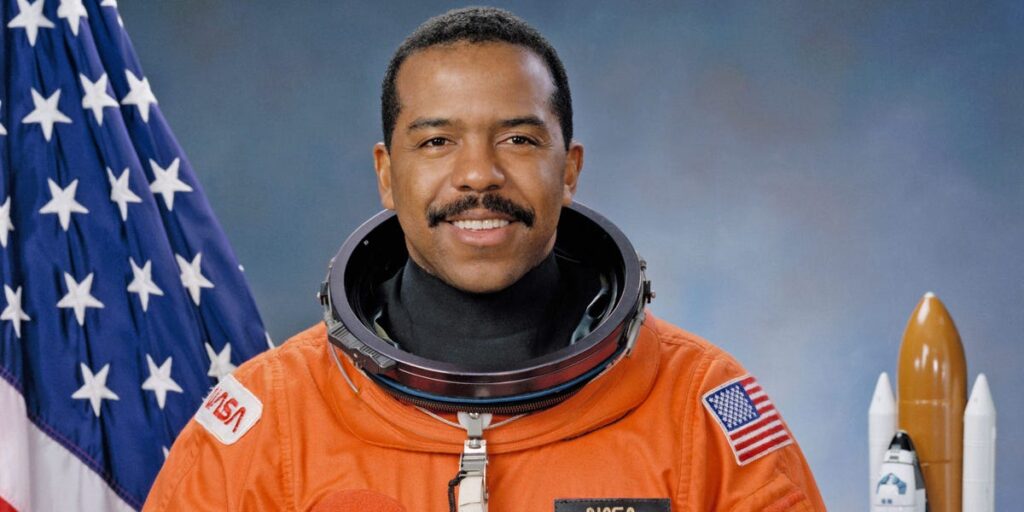This as-told-to essay is based on a conversation with Dr. Bernard Harris, author of “Embracing Infinite Possibilities: Letting Go Of Fear To Reach Your Highest Potential“. It has been edited for length and clarity.
I was one of the original Star Trek enthusiasts. I was about 10 when the show debuted, and I would rush home each week to watch a new episode. My imagination ran wild with the idea of space and being in space. Then, when I was 13, NASA landed on the moon. When Neil Armstrong said those famous words — “one small step for man, one giant leap for mankind” — it really set my passion off.
I studied medicine, always with the goal of becoming an astronaut. In 1990, when I was about 34, I was selected for the astronaut program.
Over the next four years, I flew twice into space and became the first Black man to do a space walk.
My career as an astronaut was tough on my family
Many people don’t realize that the space shuttle weighs 5 million pounds. To haul that into space, we light five engines that produce 7.5 million pounds of thrust. Once those are ignited, you’re leaving the planet in a hurry.
The first time I went to space, my daughter was about 8 months old. Her mom — my life partner — had the hardest job, raising our daughter and my three stepchildren. My work took away from family time.
When it was time to launch, my family watched nervously, hoping everything went right. Inside the shuttle, I was laser-focused on making sure everything went right, so I didn’t have time to worry.
Space was incredibly peaceful
Later, when the hatch opened for my space walk, I felt like I was falling, just for a second. My brain expected to feel gravity’s pull, but after a moment, I adjusted to the floating sensation.
I was tethered to a robotic arm 35 feet above the space shuttle. Below, I could see the shuttle and the Earth beyond that. Surrounding it all was the clearest view of the Milky Way galaxy that you could ever imagine.
IMAGO/piemags via Reuters Connec
It was an incredible view for a human. I was struck by the silence. With no air to transmit sound, space is completely quiet. Floating there, I had a great sense of peace. It was even more wonderful than I expected.
I want to help others follow in my footsteps
The year after that walk, I left NASA, but continued to work around the space industry. I also practiced medicine and saw patients at community clinics. That’s been an important way for me to give back.
I’ve had experiences that very few people get, particularly people of color. Part of my legacy is to translate that experience and use it to create awareness here on Earth. That means sharing my story and also helping create opportunities for other people to follow in my footsteps.
I founded The Harris Foundation to focus on that legacy. Our work is structured around three pillars of success: education, health, and wealth.
Health is important to me, as a physician, and I want everyone to have access to quality healthcare. In order to participate equally in the American dream, we need to build wealth, not only individually but generationally. My family was poor when I was a child, but today I have built a great deal of wealth. I hope to help others do the same.
Doing so starts with education. My father only had an 11th-grade education, but my mother’s college degree gave her power. It changed not only her life, but mine. I may not have been so successful if she hadn’t had her education. I’ve seen how education can change the trajectory of a person and their descendants.


